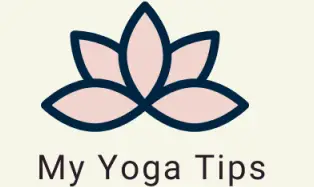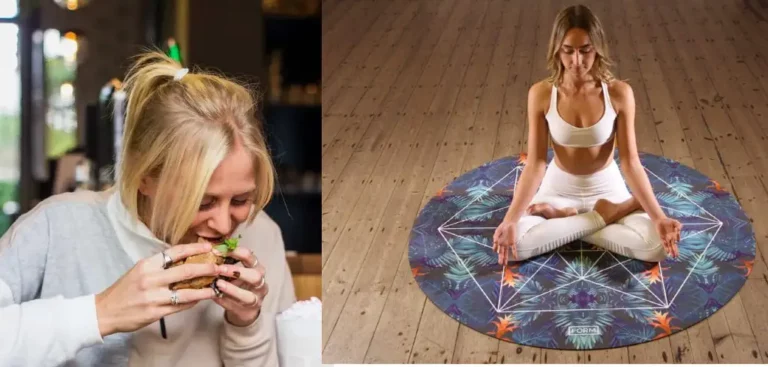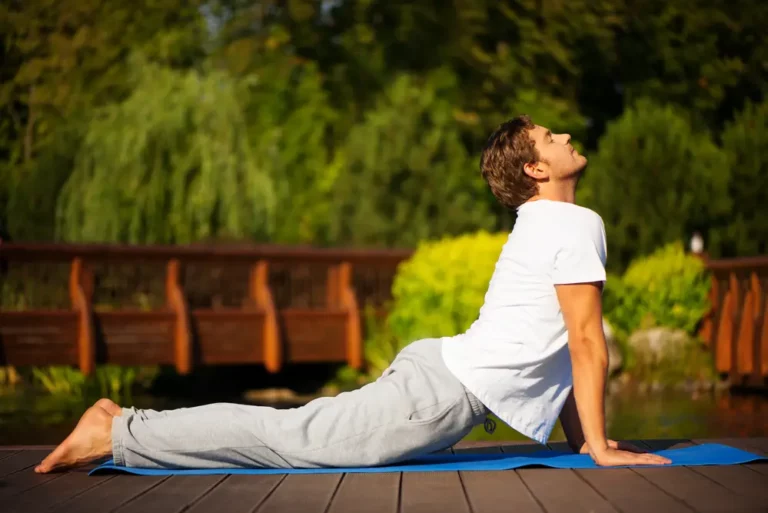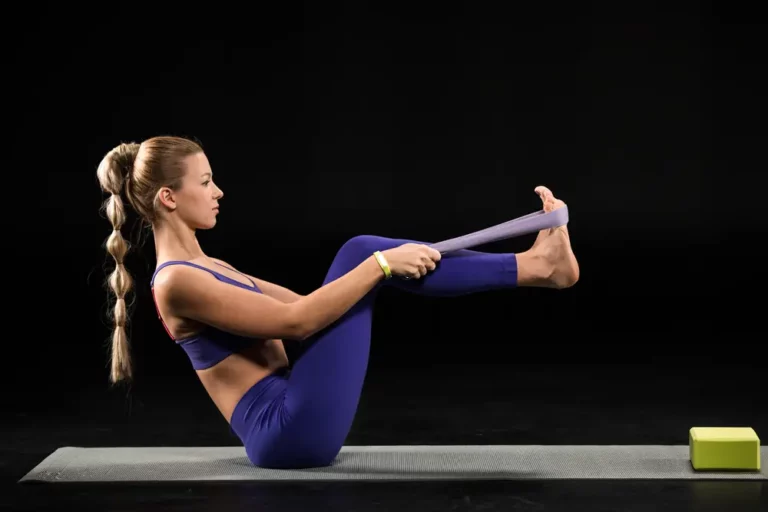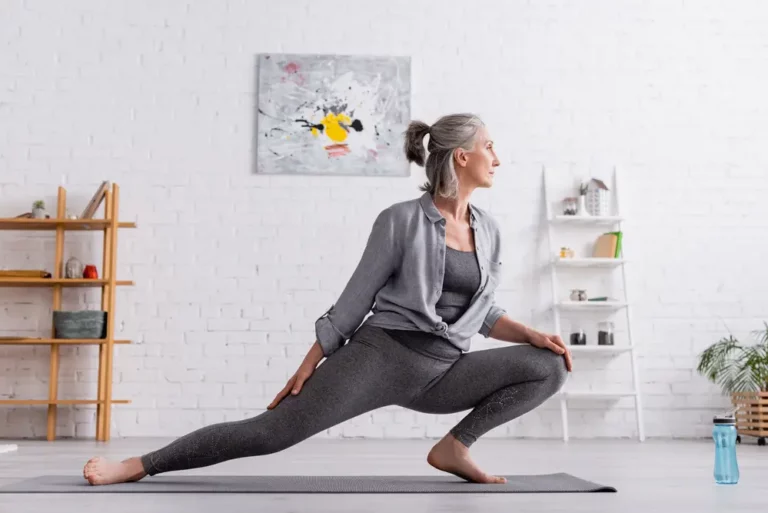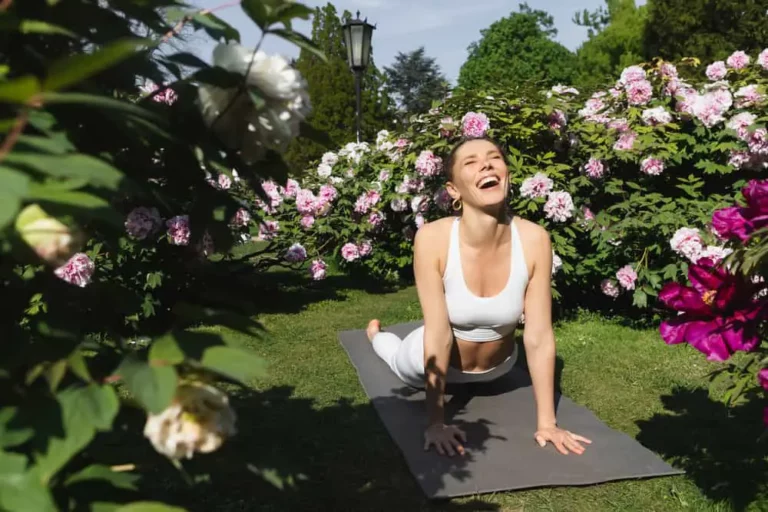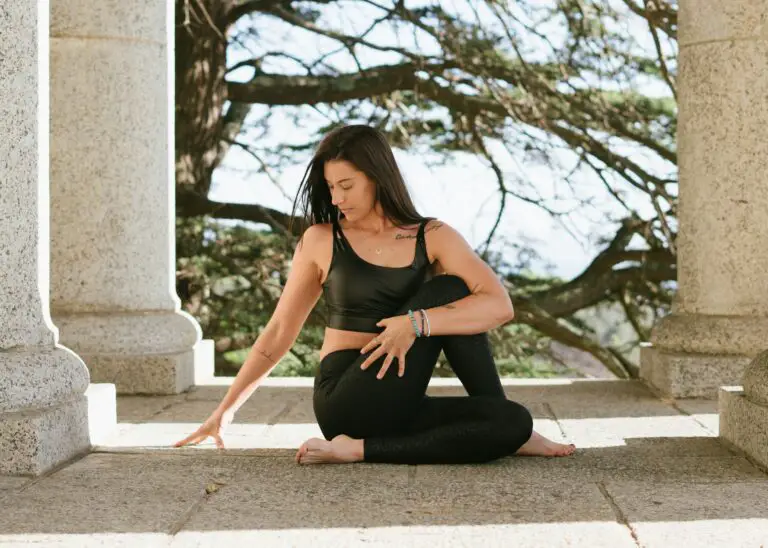Can You Still Do Yoga If You Can’t Kneel?
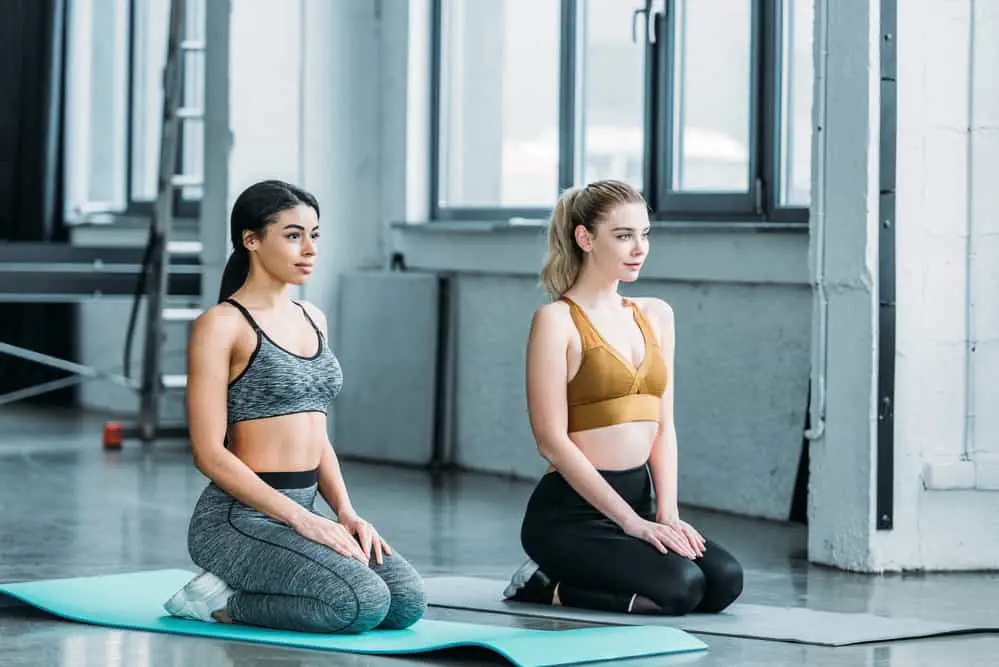
Yoga is a highly variable practice. That means it can be adapted to suit your specific needs at any time. Depending on your strength level, current injuries, health, and other factors, you can still practice yoga. But with all the kneeling, bending, twisting, and lunging poses, can you still do yoga if you can’t kneel?
It is possible to do yoga if you can’t kneel. Depending on your reasons for not being able to kneel, you can do modified kneeling poses to strengthen or stretch the knees or stay away from poses that use the knees at all. Props may help. Ensure you communicate your condition with your instructor.
If you are interested in trying yoga but feel limited by a knee injury or the fact that you can’t kneel for whatever reason, you will be relieved to know that many options are available to you in the yoga world. Yoga is, by nature, open for adaptation, so read on and take heart. Your yoga journey is waiting.
Can You Do Yoga If You Can’t Kneel?
The excellent news is that no matter the cause of your inability to kneel, you can still do yoga. Consider a standing class or poses that help stretch and strengthen your knees, depending on your injury. You can use props to stabilize your movements and stretches and take pressure off your knees during poses.
The best type of yoga for those with sensitive, painful, or troublesome knees is a slow-paced one. Consider trying Hatha, Vinyasa, Chair, Restorative, Viniyoga, or Yin yoga for positive results. Be sure to chat with your instructor about your knees and concerns when signing up to ensure they will be able to accommodate your needs.
Whether you can’t kneel because of a temporary knee injury or a permanent knee issue, there are still ways you can practice yoga. Yoga is a multi-faceted practice consisting of eight limbs. Asana, the poses that have become widely used globally, is only one element of yoga. If you cannot participate as fully as you would like in asanas, you might want to focus more on the other limbs.
The eight limbs of yoga are:
- Yamas: these teach us how to treat others and the world
- Niyamas: the practice of self-discipline
- Asanas: yoga poses for health and mindfulness
- Pranayama: breathwork
- Pratyahara: this is the withdrawal of the senses to look inward and find a sense of peace
- Dharana: deep concentration that aids meditation
- Samadhi: enlightenment that comes when we can live in a state of constant mindfulness
If you cannot kneel and would like to live a mindful, yogic lifestyle, consider incorporating more of the limbs of yoga into your life and asanas. However, if you would like to practice asanas, there are also ways that you can participate.
Before beginning a yoga practice, it is vital that you find out the cause of your knee issues. Different injuries require different interventions. Specific injuries can tolerate certain modifications and stretches better than others. Once you know what type of injury you have, your yoga instructor will be able to offer modifications or entire routines designed specifically for you.
If your knee injury allows you to practice poses that strain your knees, be cautious when transitioning between postures. As you shift your weight from one point to another, your knees can become strained, and this can cause inflammation and further damage.
A general rule is that if it hurts, stop, do a modification, or do something completely different.
If You Can’t Kneel, Try Standing Yoga Poses
There may be circumstances when it is impossible to do poses that require you to kneel or bend your knees significantly. In this case, or if you want to give your knees time to heal, you should try standing yoga poses only.
Standing yoga poses are fantastic for promoting improved posture, stability, core strength, balance, mobility, and flexibility. They strengthen your hamstrings, glutes, quads, and ankles and help strengthen and tone your lower body in general.
Most standing poses focus on either lengthening, strengthening, or balancing, but some focus on all three simultaneously. Standing poses are great for beginners because you can start with grounding poses with both feet on the floor.
An example of an excellent grounding standing pose is the mountain pose. In mountain pose, you stand with both feet on the floor, arms at your side.
Once you gain confidence, you can begin working on your balance and move to lift a foot off the floor. You do not need to go all-in right from the start. Lift your foot slightly off the floor if that is what is comfortable. Later, you can move it higher as you become more confident and capable in the asana.
An example of an excellent beginner balancing standing pose is the tree pose. For this pose, begin in mountain pose, then lift one foot slightly off the floor and place it on your other foot, ankle, calf, or thigh, depending on your comfort level. Do not place it directly over the knee of your other leg.
Be sure to keep your supporting leg slightly bent at all times. Over-extending your supporting knee will lead to further knee complications and inflammation. Only lift your raised foot as high as you are comfortable doing.
Let us look at a few other standing poses you can incorporate into a standing yoga routine if you are having difficulty kneeling:
- Crescent lunge
- Lunge with spinal twist
- Warrior 2 Pose
- Forward Fold
- Peaceful Warrior
- Triangle Pose
- Dancer’s Pose
- Warrior 3 Balance
Even when practicing standing poses, be weary when transitioning between poses. Your knees strain most as you move your weight from one pose to another. Move slowly and mindfully to avoid further injury.
If You Can’t Kneel, Try Using Props
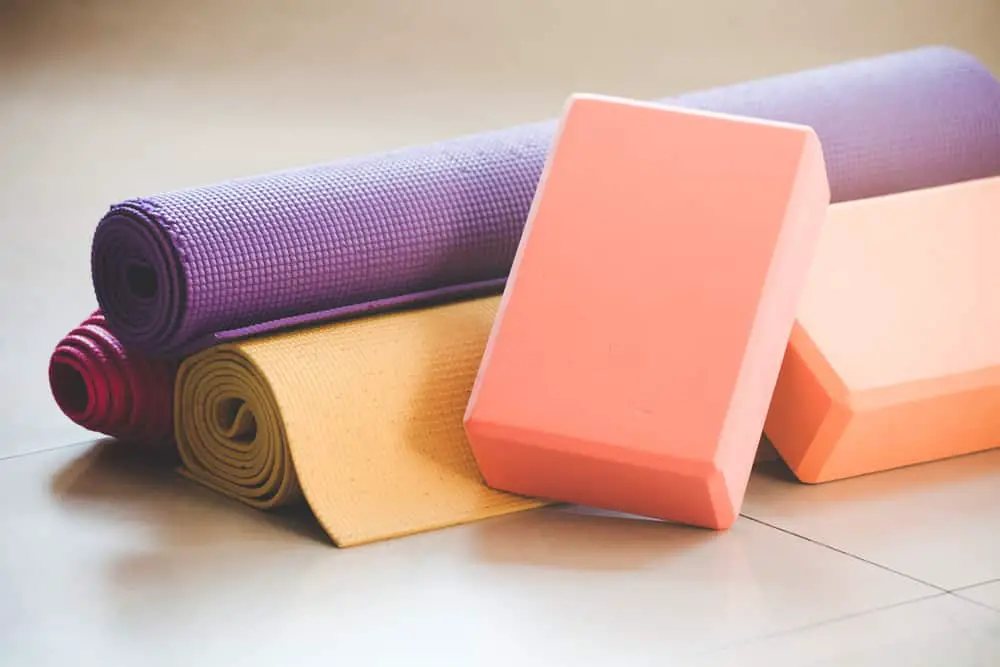
When you can’t kneel, you can try using props during the yoga class to help you manage the routine without causing strain and unnecessary pain for your knees. Yoga props are generally available in studios and are typically free of charge or can be used for a small fee. It is best to find out what the policy is at your studio when enrolling.
Props have been used in yoga since the dawn of yoga. Even something as simple as a yoga mat can be considered a prop. Ancient yogis used blankets, animal skins, and other props to make their practice more comfortable. Today, we have the benefit of manufactured products to help us engage with our practice on a deep level and avoid injury.
A few examples of yoga props you can consider using for your private practice at home or at a yoga studio include:
- Yoga mat
- Yoga foam or cork block
- Yoga knee pads
- Yoga bolster
- Yoga blanket
- Yoga strap
- Knee brace
It is best to chat with a doctor before purchasing a knee brace, as the brace you are buying will depend on your specific injury and needs. Also, chat with your yoga instructor before purchasing any yoga props. You can use props for free at your studio, or your instructor may be able to advise you on which props will serve you the best.
Conclusion
It is possible to do yoga if you can’t kneel. Whether your condition is temporary or permanent, there are modifications and poses you can do that do not involve kneeling. Yoga is designed to help you live a mindful, healthy life. Find props and poses that work for you and engage with your practice to have a meaningful practice that suits you the best.
